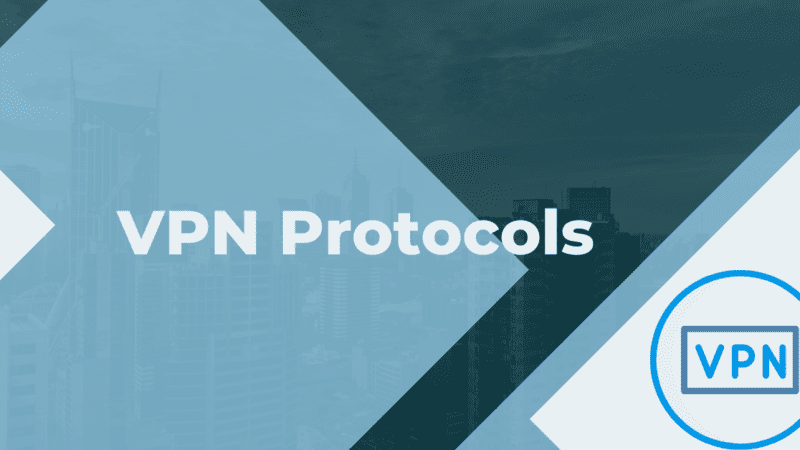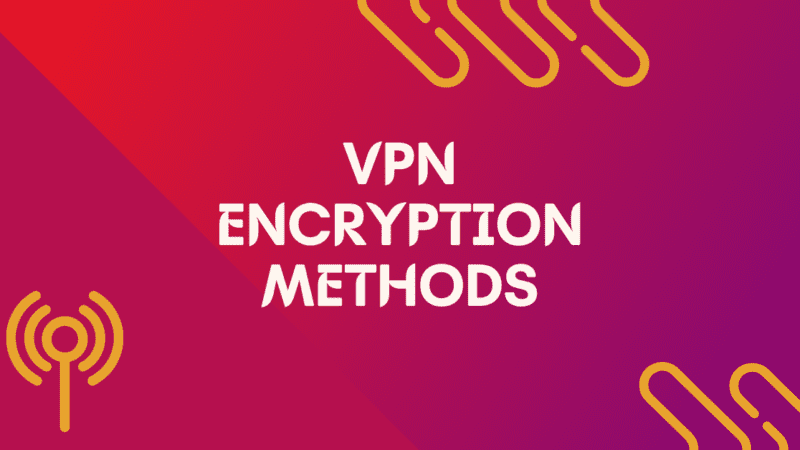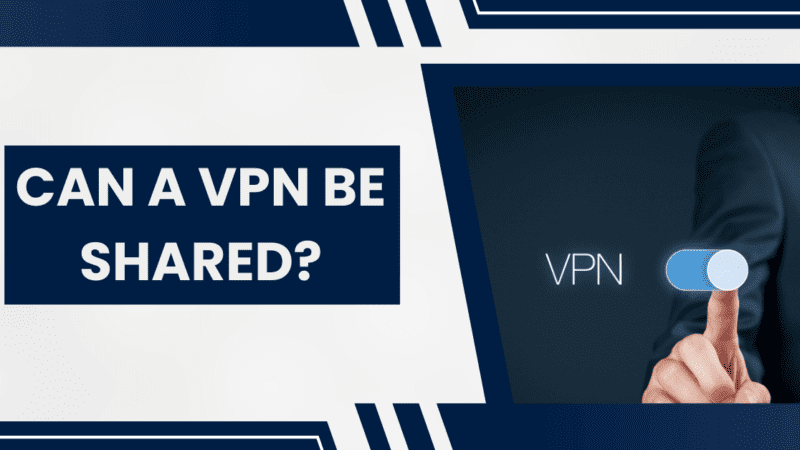5 Most Commonly Used VPN Obfuscation Methods

VPN obfuscation techniques are designed to disguise VPN traffic, making it appear like normal internet traffic. This can be done through various means, such as protocol obfuscation, traffic obfuscation, or hybrid obfuscation. Protocol obfuscation involves disguising the VPN protocol being used, while traffic obfuscation involves disguising the type of traffic being sent. Hybrid obfuscation combines both protocol and traffic obfuscation techniques to provide an even greater level of disguise.
In this article , we will provide an overview of VPN obfuscation techniques and discuss the advantages and disadvantages of using these techniques. We will examine different types of obfuscation techniques, and explore how they work.
Advantages and Disadvantages of VPN Obfuscation Techniques
VPN obfuscation techniques offer several advantages and disadvantages that users must consider before implementing them.
Advantages of VPN Obfuscation
- Improved Privacy: VPN obfuscation techniques hide VPN traffic, making it more difficult for third parties to track and monitor a user’s online activities.
- Enhanced Security: VPN obfuscation techniques make it harder for attackers to identify and exploit vulnerabilities in the VPN protocol.
- Access to Restricted Content: VPN obfuscation techniques can help users bypass internet censorship and access restricted content.
- Better Reliability: VPN obfuscation techniques can improve the reliability of VPN connections by preventing ISPs and other entities from blocking VPN traffic.
Disadvantages of VPN Obfuscation
- Slower Connection Speeds: VPN obfuscation techniques can slow down connection speeds due to the additional processing required to obfuscate VPN traffic.
- Increased Complexity: VPN obfuscation techniques can be complex to set up and maintain, requiring advanced technical skills.
- Higher Costs: VPN obfuscation techniques may require users to pay for additional services or software, increasing the overall cost of using a VPN.
- Limited Effectiveness: VPN obfuscation techniques are not foolproof and can still be detected by sophisticated monitoring tools.
- Legal Issues: VPN obfuscation techniques may violate local laws or terms of service agreements with ISPs or VPN providers.
5 Most Common Types of VPN Obfuscation Techniques
1. Stunnel
Stunnel is a popular protocol obfuscation tool that creates a secure SSL/TLS tunnel between the user’s device and the VPN server. It is a type of proxy server that is specifically designed to add Transport Layer Security (TLS) encryption functionality to existing clients and servers. This means that it can provide an additional layer of security to communication channels by encrypting the data that is being transferred between clients and servers. The advantage of Stunnel is that it can add this functionality without requiring any changes to the programs’ code that are being used for the communication.
2. OpenVPN over TCP Port 443
OpenVPN is a type of VPN protocol that provides a secure and encrypted tunnel across a public network, such as the internet. Unlike other VPN services, such as Point-to-Point Tunneling Protocol (PPTP) and Layer 2 Tunneling Protocol (L2TP), which can be blocked by certain firewalls and ISPs, OpenVPN can be highly customized and even run over TCP port 443, which is the port used for HTTPS traffic. This makes it more difficult for firewalls and ISPs to block the OpenVPN traffic, as it appears as regular HTTPS traffic.
3. Obfsproxy
Obfsproxy is a protocol obfuscation tool that wraps VPN traffic in an additional layer of obfuscation, making it harder to detect. It can be used with different VPN protocols, including OpenVPN and Tor. Obfsproxy is a subproject of Tor that is designed to hide the appearance of online traffic. It was developed in response to countries that use DPI (Deep Packet Inspection) to block VPN connections, or governments that force ISPs to filter SSL traffic. Obfsproxy can potentially help users avoid having their traffic filtered and banned by obfuscating the appearance of their online activity.
4. Shadowsocks
Shadowsocks is a lightweight protocol obfuscation tool that uses encryption to hide VPN traffic. It works by creating an encrypted tunnel between the user’s device and a remote server, which allows the user to access the internet through the server’s IP address.
The encrypted tunnel created by Shadowsocks is designed to be difficult for firewalls and other forms of network censorship to detect and block. This allows users to access websites and online services that might be blocked or restricted by their local network or government.
5. Tor Obfs4
In order to protect the privacy of Tor users from traffic analysis attacks, various obfuscation techniques have been adopted, and Obfs4 is one of the most advanced techniques used in Tor. Obfs4 is designed to make it difficult for attackers to detect and identify Tor traffic, thereby increasing the security and anonymity of Tor users.
Obfs4 works by adding a layer of obfuscation to the Tor traffic, which makes it difficult for attackers to distinguish between Tor traffic and other types of traffic. The obfuscation is achieved through a combination of techniques, including packet padding, header obfuscation, and traffic shaping.
Conclusion
VPN obfuscation techniques are valuable tools that can help users enhance their privacy and security, bypass internet censorship, and access restricted content. By disguising VPN traffic as regular internet traffic, these techniques make it more difficult for third parties to track and monitor a user’s online activities. However, users must carefully consider the potential drawbacks, such as slower connection speeds and increased complexity, before implementing these techniques.
It is also important to note that VPN obfuscation techniques are not foolproof and can still be detected by sophisticated monitoring tools. Therefore, users must stay vigilant and keep up-to-date with the latest obfuscation techniques to ensure their VPN connections remain secure.






